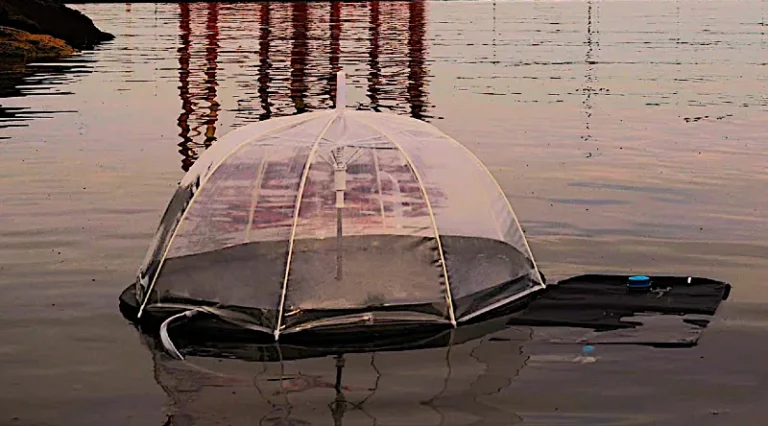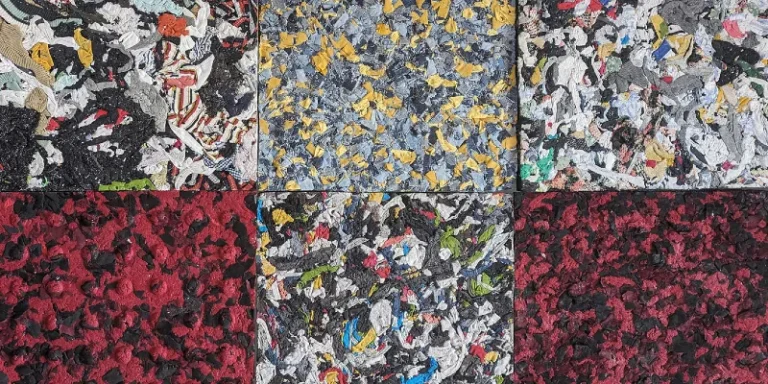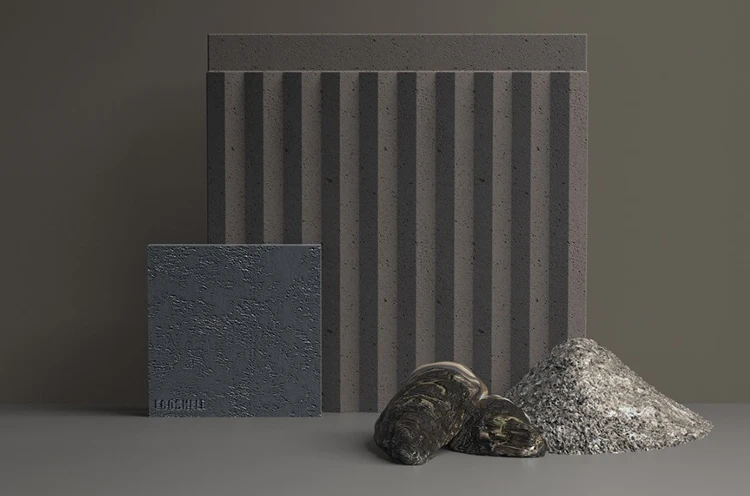Every day, coffee lovers around the world drink about 2.25 billion cups of coffee. That’s a huge number, and it’s even more staggering when you think about how many of those cups come from single-use coffee pods like the ones made for Keurig and Nespresso machines. These pods have been a major problem for the environment because they end up as waste after just one use. But now, Keurig is stepping up with a new idea: the K-Round, a compostable, plastic-free coffee puck that promises a delicious cup without the waste.
The K-Round is pretty much what it sounds like – a tightly packed disc of coffee, like how a barista packs coffee into a machine at your favorite café. It’s made with coffee grounds and plant-based materials like cellulose, making it completely compostable. The K-Round is designed for Keurig’s new machine, the Alta, which can brew coffee from these pucks without producing any plastic or metal waste.
Phil Drapeau, Senior VP at Keurig, shared, “One of the biggest constraints we’ve always had has been the packaging itself.” Keurig is known for its single-serve coffee, which lets people brew just one cup at a time, reducing the need to make a whole pot. This convenience has made Keurig a household name, but it’s come with the downside of creating a lot of waste. Bob Gamgort, CEO of Keurig, added, “If you want to be the source of coffee in everyone’s household, then you have to reimagine yourself.”
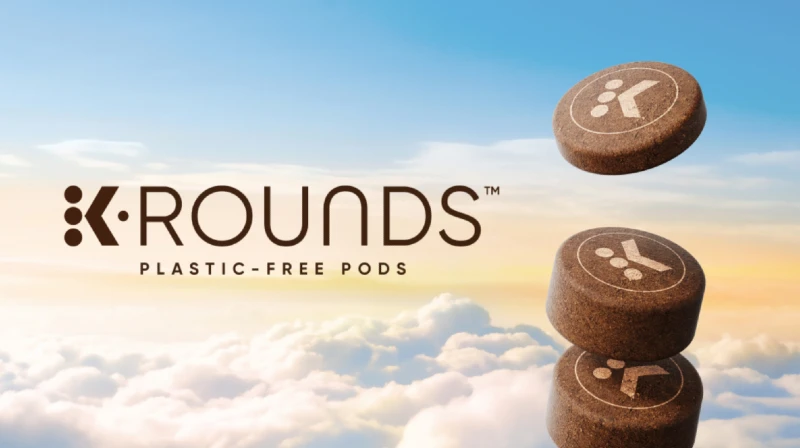
The K-Round isn’t just about being environmentally friendly; it also aims to change how we experience our coffee before it’s even brewed.
Traditional coffee pods hide the coffee inside, so you can’t see or smell it until it’s made. The K-Round, however, lets you see the coffee grounds and smell them, making the process of making coffee more of an experience. You just put the K-Round in the Alta, close it, press a button, and soon you have a barista-level coffee ready to enjoy.
Keurig Dr. Pepper’s engineers have crafted the K-Round to be convenient and eco-friendly. They use cellulose and alginate to bind the coffee grounds into a puck shape.
Alginate is the same material used in boba tea pearls, and some K-Rounds also contain sorbitol, a sugar substitute, to keep the coffee from fermenting. These pucks are designed to save space, stay fresh on the shelf, and avoid adding any unwanted tastes or smells to your coffee.
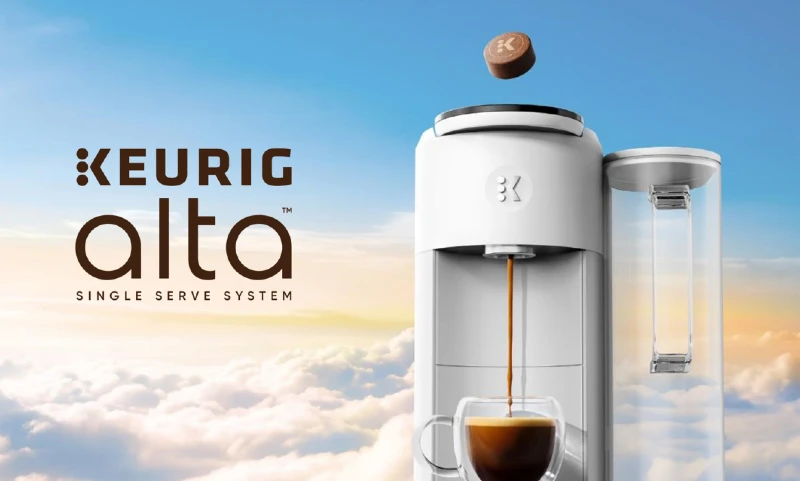
The K-Round comes in different sizes for different types of coffee drinks, from espressos to tall cold brews. Right now, they’re only compatible with the Keurig Alta, which can adjust its settings automatically for each type of coffee puck. The Alta can also use the older K-Cups, making it a versatile choice for coffee lovers.
Keurig is still fine-tuning the Alta and K-Rounds, based on feedback from coffee fans. They’re inviting anyone interested to sign up for a beta test on their website. This initiative shows Keurig’s commitment to innovation and sustainability, aiming to reduce the environmental impact of our coffee habits while still delivering great taste.
Keurig Is Fixing The Problem They Started
The K-Cup waste problem has been a growing concern as the popularity of single-serve coffee machines has soared. Originally designed for convenience, K-Cups have become a symbol of modern waste, contributing significantly to global plastic and metal pollution. The environmental impact is stark: billions of these pods end up in landfills each year, where they can take hundreds of years to decompose.
To put it in perspective, it’s estimated that the number of discarded coffee pods could wrap around the planet multiple times if placed end to end. In 2022 alone, Keurig Dr. Pepper produced enough coffee pods to circle the Earth 13 times. Let that sink in for a moment! The convenience of popping a pod into a machine translates into a massive waste challenge, and it’s sadly, and inexcusably, taken Keurig over a decade to do much about it.
More To Discover
Despite efforts to make K-Cups recyclable, the process isn’t straightforward. The small size of the pods makes them difficult to process in standard recycling facilities, and separating the plastic, metal, and organic coffee grounds requires additional steps that consumers must undertake. As a result, the majority of these pods still end up in the trash.

The environmental toll of this convenience is becoming increasingly difficult to ignore. With millions of coffee drinkers relying on these machines every day, the cumulative effect of this waste is substantial. It’s a pressing issue that calls for innovative solutions, such as Keurig’s introduction of the compostable K-Round, to mitigate the environmental impact while still offering the convenience coffee lovers crave.










